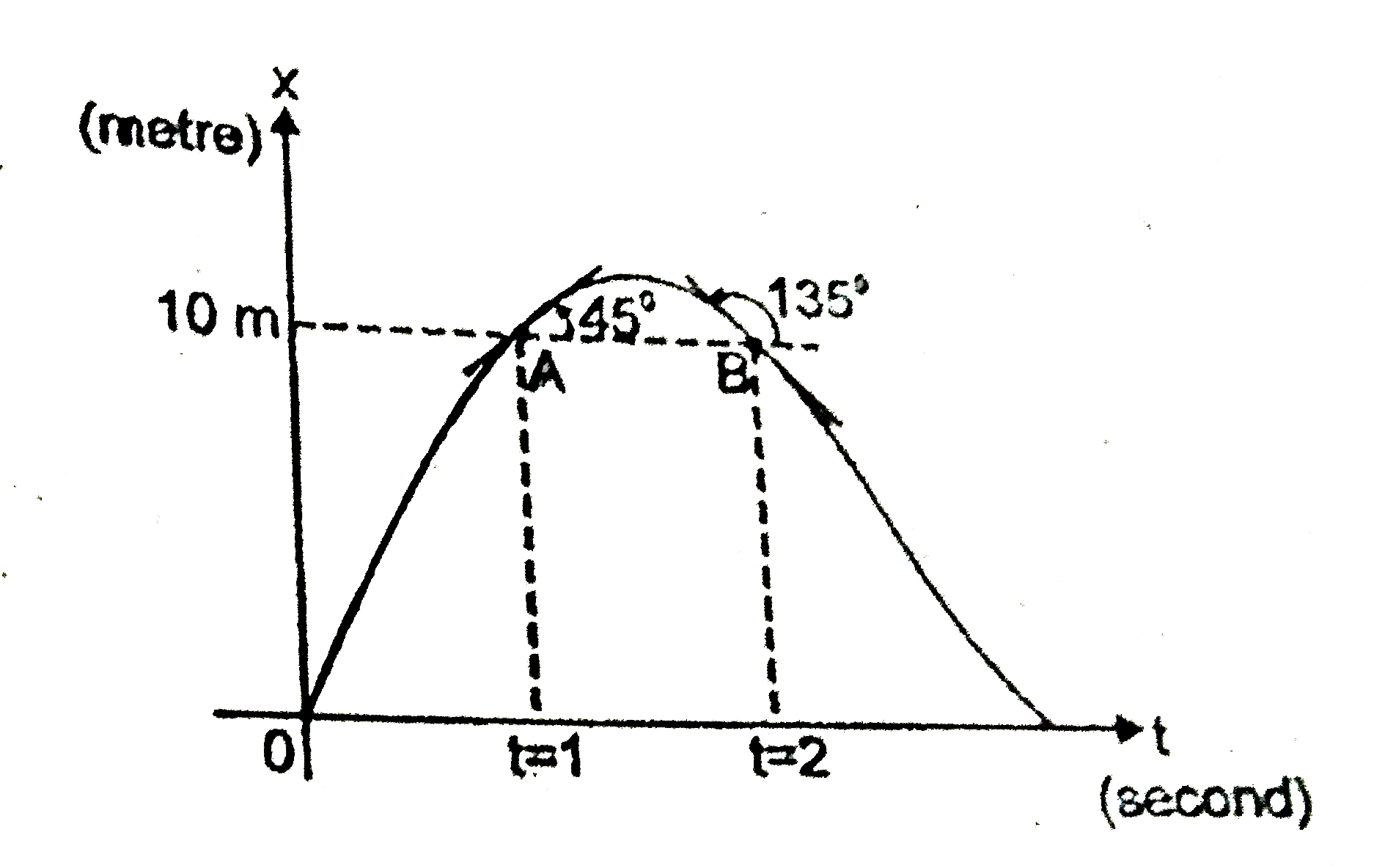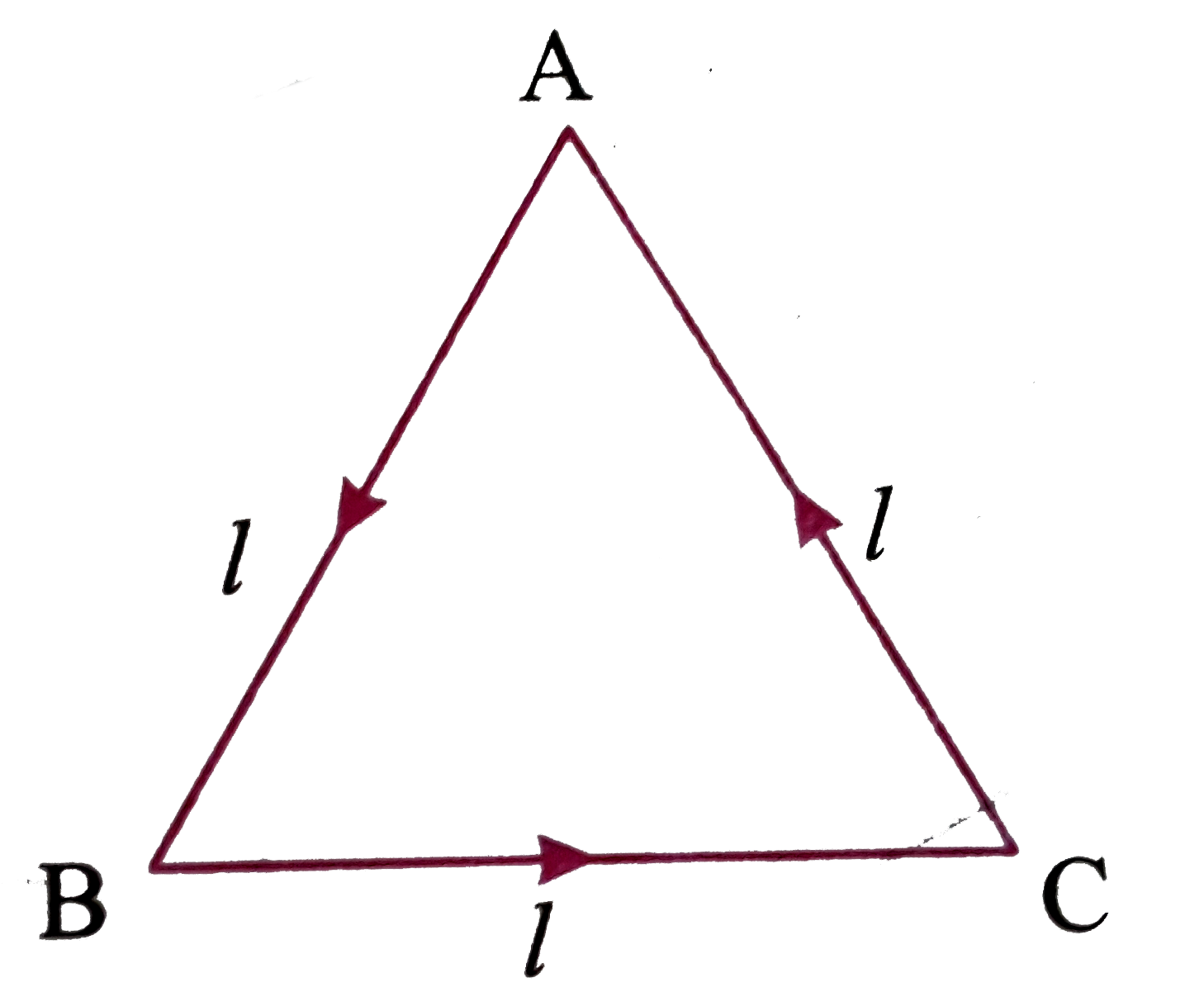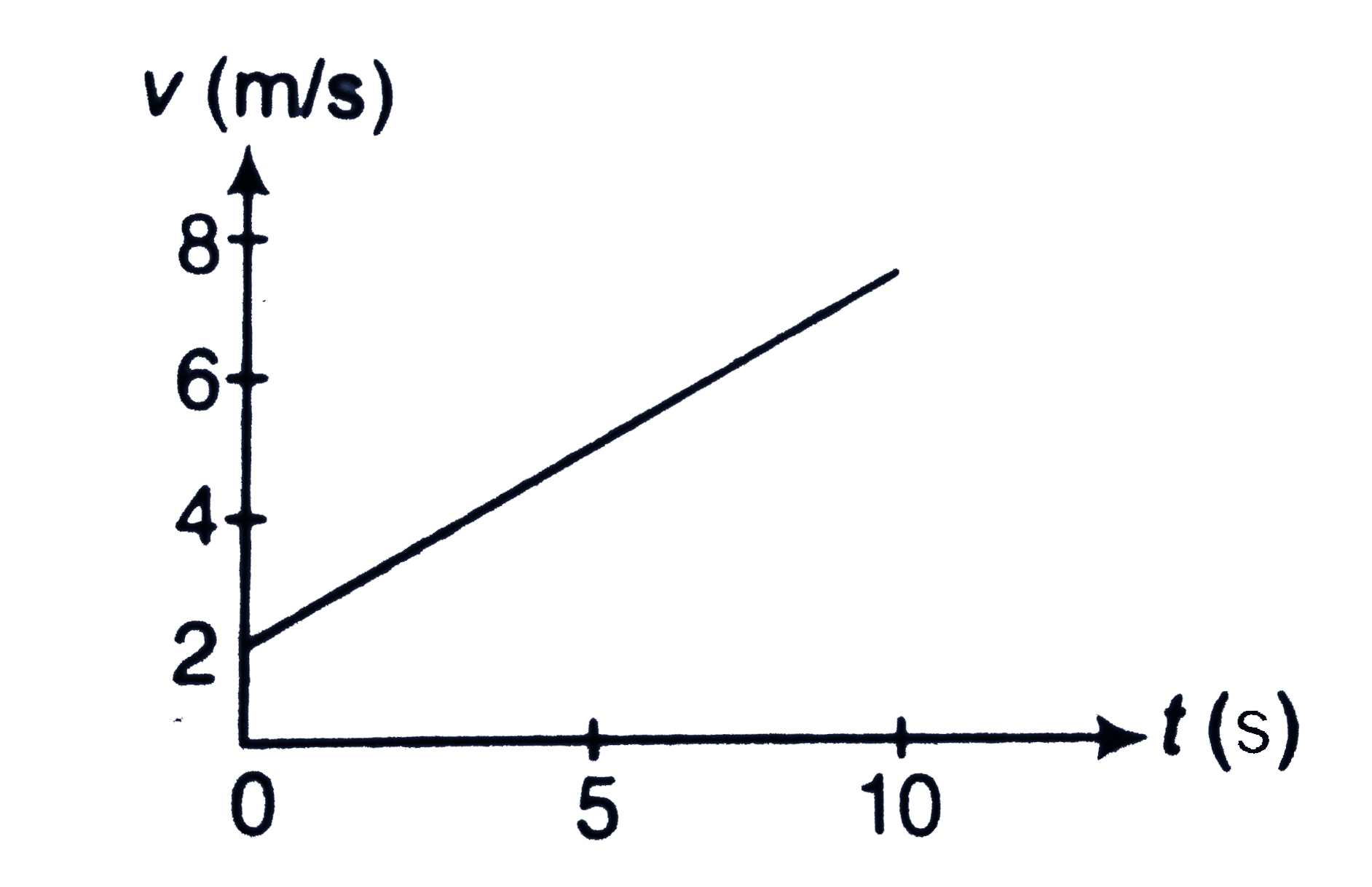The distance-time curve for a hypothetical journey has the shape of an equilateral triangle with one side along the time axis. Discuss the velocity and acceleration necessary to bring about such a journey. Comment on whether or not this is a realistic journey. Will it be a real curve if it is a displacement-time curve.
Step by step video & image solution for The distance-time curve for a hypothetical journey has the shape of an equilateral triangle with one side along the time axis. Discuss the velocity and acceleration necessary to bring about such a journey. Comment on whether or not this is a realistic journey. Will it be a real curve if it is a displacement-time curve. by Physics experts to help you in doubts & scoring excellent marks in Class 11 exams.
Updated on:21/07/2023Topper's Solved these Questions
- KINEMATICSBOOK - PHYSICS GALAXY - ASHISH ARORACHAPTER - KINEMATICSEXERCISE - Conceptual MCQs Single Option Correct
35 Videos
- KINEMATICSBOOK - PHYSICS GALAXY - ASHISH ARORACHAPTER - KINEMATICSEXERCISE - Numerical
111 Videos
- KINEMATICSBOOK - PHYSICS GALAXY - ASHISH ARORACHAPTER - KINEMATICSEXERCISE - Practice Exercise
96 Videos
- GRAVITATIONBOOK - PHYSICS GALAXY - ASHISH ARORACHAPTER - GRAVITATIONEXERCISE - Unsolved Numerical
94 Videos
- LINEAR MOMENTUM & ITS CONSERVATIONBOOK - PHYSICS GALAXY - ASHISH ARORACHAPTER - LINEAR MOMENTUM & ITS CONSERVATIONEXERCISE - exercise 1.3
3 Videos
Similar Questions
Knowledge Check
A thin uniform plate shaped as an equilateral triangle with a height 'h' performs small oscillations about the horizontal axis coinciding with one of its sides. The time period of oscillation is…..
A2π√hgBπ√hgCπ√2hgD2i√2hgDisplacement-time curve of a particle moving along a straight line is shown. Tangents at A and B makes angle 45∘ and 135∘ with positive x-axis respectively. The average acceleration of the particle during t=1,t=2 seconds is
 A−2m/s2B1m/s2C−1m/s2Dzero
A−2m/s2B1m/s2C−1m/s2DzeroThree particles A,B and C and situated at the vertices of an equilateral triangle ABC of side of length l at time t=0,Each of the particles move with constant speed u. A always has its velocity along AB,B along BC and C along CA.
 AThe time after which they meet is 2l3uBTotal distance travelled by each particle before they meet is 2l3CAverage velocity during the motion is √3u2DRelative velocity of apporach between any two particles is 3u2
AThe time after which they meet is 2l3uBTotal distance travelled by each particle before they meet is 2l3CAverage velocity during the motion is √3u2DRelative velocity of apporach between any two particles is 3u2
Fig. shows the graph of velocity versus time for a partice going along the x-axis. Find (a) acceleration, (b) the distance traveled in 0→10s and (c) the displacement in 0 to 10s.

View SolutionRaju has to cover a distance of 240 km in 4 hours. If he covers one-third of the journey in 27th time, what is his speed at the beginning of the journey?
View SolutionGraphs are very useful to represent a physical situation. Various quantities can be easily represented on graphs and other quantites can be determined from the graph. For example the slope of velocity-time graph represents instantaneous acceleration. For a motion with constant acceleration slope of velocity-time graph is constant. If acceleration is changing with time, slope with change and thus velocity-time graph will be a non-linear curve. Further the area of velocity-time graph gives displacement.
For the given velocity-time graph the possibly correct acceleration-time relationship is

View SolutionThree identical uniform thin metal rods form the three sides of an equilateral triangle. If the moment of inertia of the system of these three rods about an axis passing through the centroid of the triangle and perpendicular to the plane of the triangle is 'n' times the moment of inertia of one rod separately about an axis passing through the centre of the rod and perpendicular to its length, the value of 'n' is
View SolutionGraphs are very useful to represent a physical situation. Various quantities can be easily represented on graphs and other quantites can be determined from the graph. For example the slope of velocity-time graph represents instantaneous acceleration. For a motion with constant acceleration slope of velocity-time graph is constant. If acceleration is changing with time, slope with change and thus velocity-time graph will be a non-linear curve. Further the area of velocity-time graph gives displacement.
A car starts from rest with a constant acceleration a1 for some time and attains a velocity v0. Then it immediately retards at a constant rate a2 to rest. The total time to journey is t0 Identify the correct velocity-time graph
View Solution
